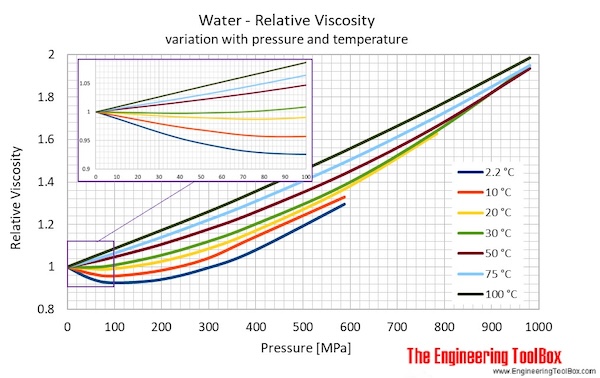

At first glance, it is tempting to choose Option 1, since the initial investment is significantly lower. Now that two pumps are feasible from the perspective of TDH requirements, you can compare the economics. Notice that most of the TDH comes from the significant elevation difference between the suction and discharge side. Maintenance Cost: 8% of installed cost per yearįrom looking at the TDH and Figure 3, the choice is between Option 1 and Option 2. Installed cost of pump and motor: $20,000 for 2,850 rpm Installed cost of pump and motor: $10,000 for 3,500 rpm Maintenance cost: 8% of installed cost per year Installed cost of pump and motor: $40,000 for 2,850 rpm Maintenance cost: 10% of installed cost per year Installed cost of pump and motor: $20,000 for 3,500 rpm The pump curves in Figure 3 illustrate the following pump options to choose. Assume that both h d,f and h s,fare roughly 10 ft.īased on a five-year life, the objective of the problem is to calculate the lifecycle cost to operate each pump (that is, the costs of installation, maintenance and electricity, which is $0.18/kW), and to choose the pump with the lowest lifecycle cost (depreciation is assumed to be negligible for this example). Pressure on the suction side is atmospheric pressure (1 atm = 14.696 psi) and the pressure on the discharge side is 1.1 atm. The suction tank elevation ( S) is 12 ft, and the discharge tank elevation ( D) is 150 ft. The suction-side pipe and discharge-side pipe diameters are 4 and 3 in., respectively. Assume all of the pumps are viable for your required flowrate. Assume BHP is 32 and 16 horsepower for the 3,500-rpm and 2,850-rpm pumps, respectively, for all pump choices in the composite curve. The pump is a centrifugal pump that will need to pump 800 gal/min when in normal operation. You are told to purchase a pump for your manufacturing facility that will carry water to the top of a tower at your facility. The following is a pump sizing problem to illustrate the calculations in this article. Since the majority of the pumps used in the chemical process industries (CPI) are centrifugal pumps, this article focuses on that equipment category, rather than the other general classes of pumps, such as rotary and positive displacement pumps. The automated Excel spreadsheet assists in calculating the key parameters for pump sizing and selection. Along with this article, we have created a useful Microsoft Excel spreadsheet to assist with centrifugal pump sizing. This article aims to fill in some of the gaps in understanding and provide a straightforward method for pump sizing and selection. Without a proper understanding of the pump selection process, engineers cannot effectively make both economic and practical decisions. This results in a higher lifecycle cost (see Example 1, below). There are situations in which purchasing a less expensive pump actually leads to greater energy-usage costs.

The initial purchase price of a pump is only a small fraction of the total lifecycle cost. In industrial operations, pumping alone can account for between 25 and 50% of the total energy usage of the process, depending on the application. Chemical engineering literature does not fully cover other essential aspects of pump sizing and selection - including the viscosity correction, power consumption, commercial availability and lifecycle cost analysis. A number of recent articles provide useful guidelines for sizing and selecting pumps, but these articles focus on certain specific aspects of proper pump sizing, while leaving out others.
DYNAMIC VISCOSITY FORMULA FOR AIR HOW TO
Many aspiring chemical engineers enter industry after university study without sufficient practical knowledge about how to properly size pumps. An automated spreadsheet method helps engineers take those factors into account in centrifugal pump selection Viscosity, power consumption, commercial availability and lifecycle cost analysis are all important considerations in pump sizing.


 0 kommentar(er)
0 kommentar(er)
